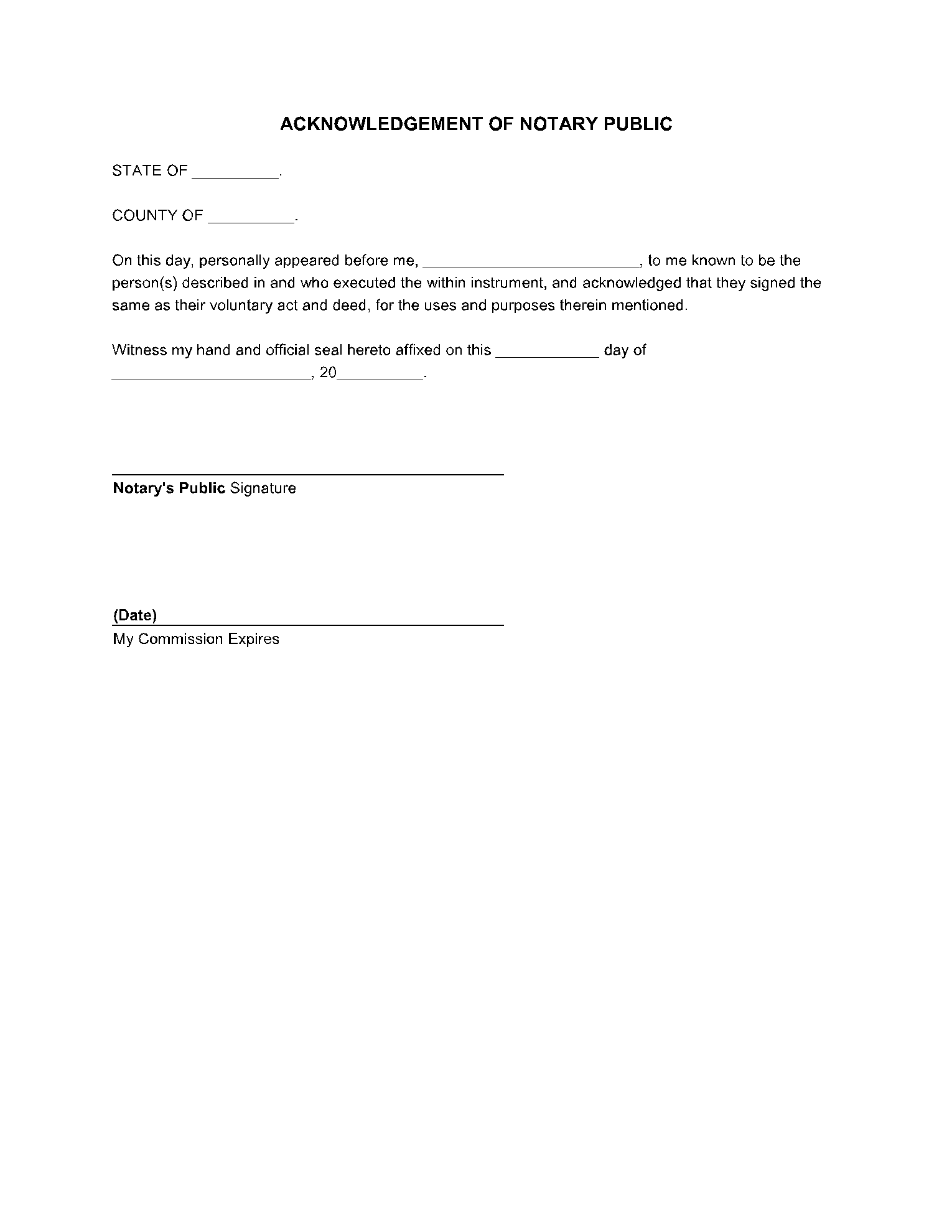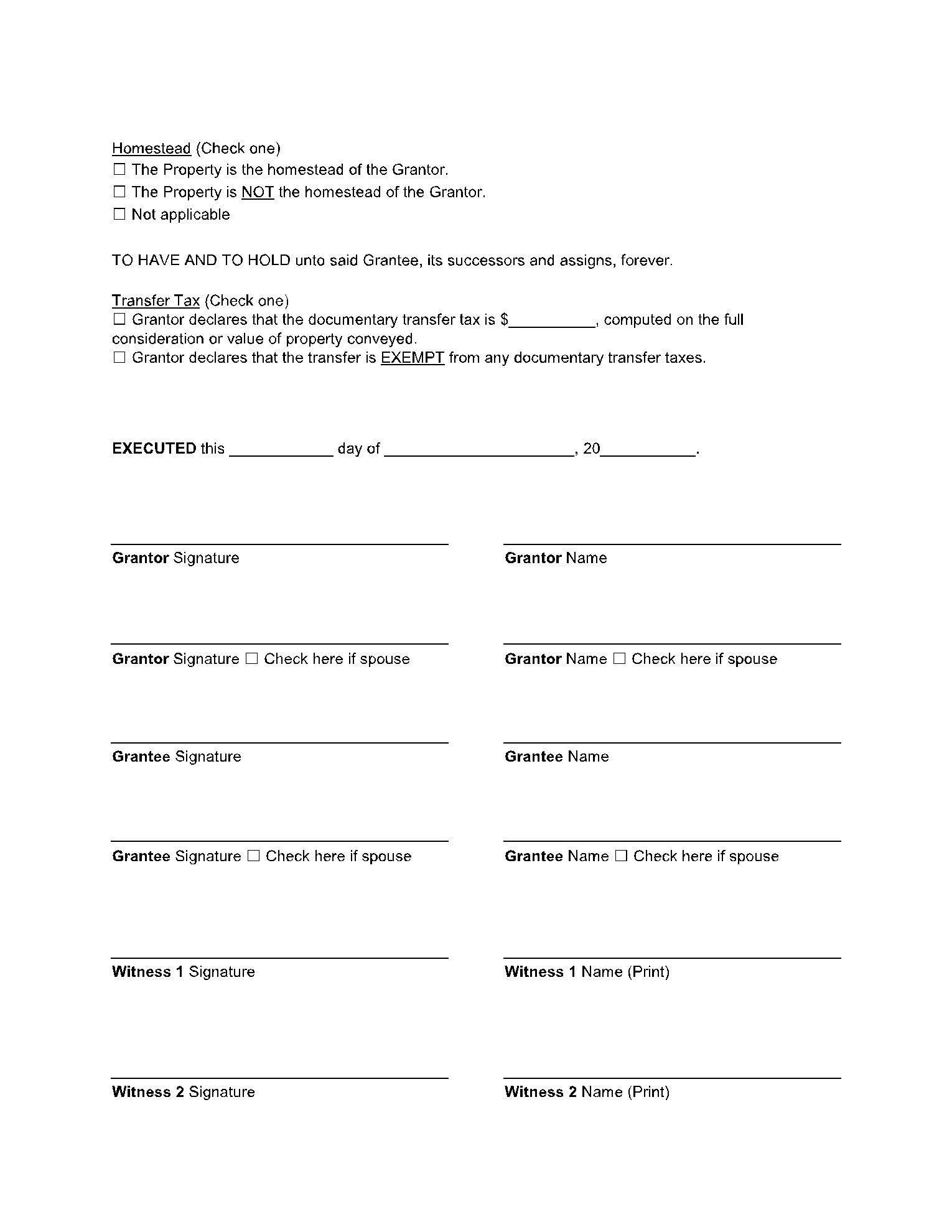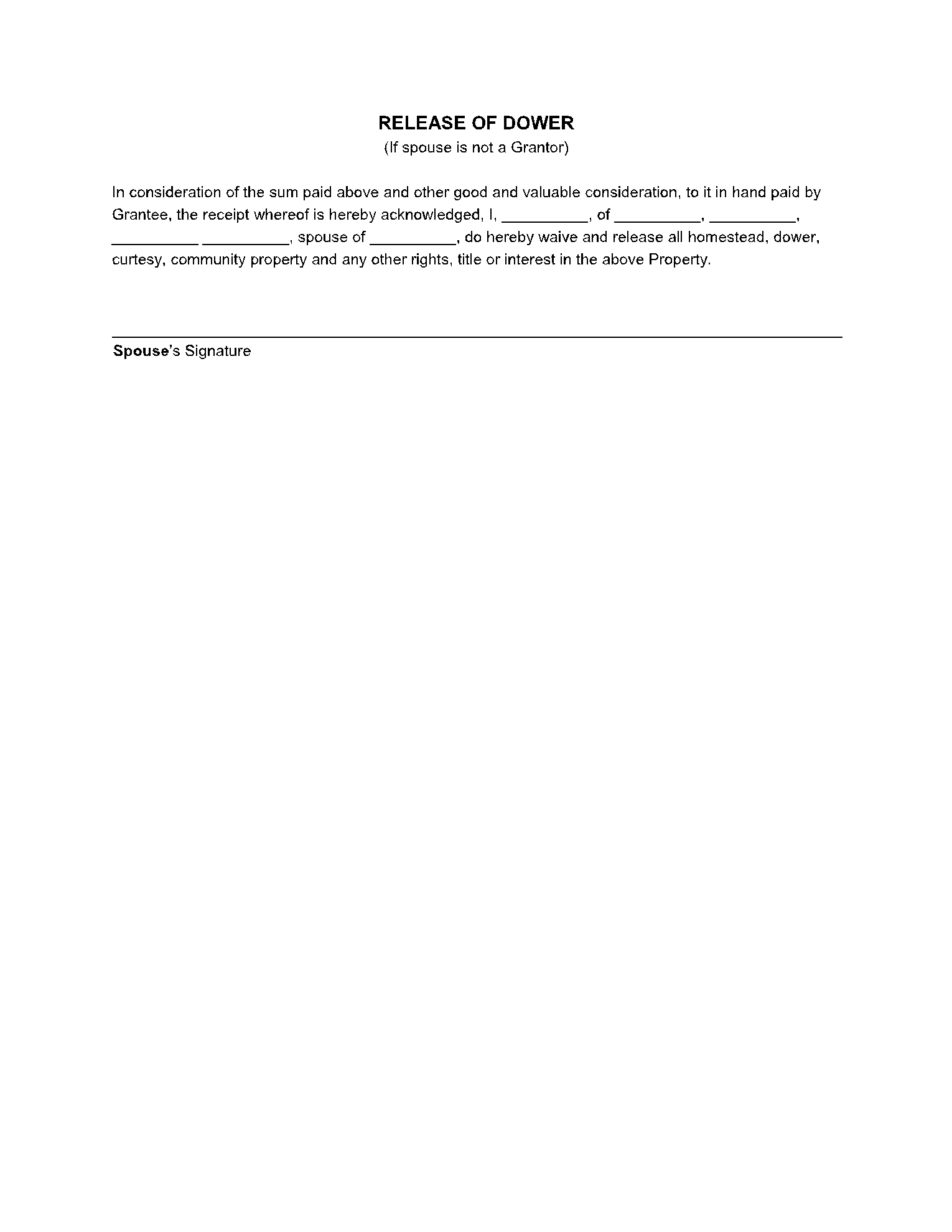Have you ever heard of a property agreement that is free from hassles of courts and county clerk visits? One such contract between the seller and the buyer is the quitclaim deed. This article will tell you what a quitclaim deed Colorado is, what is included in it, and when you need to use it.
What Is a Colorado Quit Claim Deed?
In Colorado, a quitclaim deed is used to transfer the property from the Grantor to the Grantee. A Colorado quitclaim deed provides no warranty and guarantees about the owner and the title. It also does not include if the title is clear from any liens or encumbrances. However, it acts as proof and confirms that the seller does not claim any interest in the property after selling it.
Every state has different laws regarding the quitclaim deed. According to the Colorado quitclaim deed laws, a Colorado quitclaim deed form must not include the word "convey" in the form. However, the term "quitclaim" must be used instead of "convey'’. Any specific language is not allowed in the quitclaim deed.
After filling the form and getting it signed, the quitclaim deed must be notarized by the Notary Public. After that, it can be filed with the Recorder's office or other recognized offices in the country. A Colorado quitclaim bill does not require tax while transferring property to your spouse or to charity.
Who Needs to Use a Quit Claim Deed in Colorado?
A Colorado quitclaim deed is usually used while transferring property to family members. However, a Colorado quitclaim deed is can also be used to:
- To add a spouse's name in the title of a property
- Remove one spouse's name in case of divorce
- Transfer the interest of a property to a business partner
- Transfer property to or from a revocable living trust
- Transfer the interest of one co-owner to the other
- Transfer property to a sibling, child or relative
A Colorado quitclaim deed can be used by anyone while transferring interest of a real estate property as it does not include any claims or promises at the time of transaction. This saves both the Grantor and the Grantee from any future disputes.
What Is Included in Colorado Quit Claim Deed?
A quitclaim deed form is somehow different from other forms that are required in a state as it has different rules and regulations. The top of the page has two columns. The right column is only for the Recorder's office. The rest of the information included in the quitclaim deed is mentioned below:
-
-
- Complete name, address, and contact details of the Grantor.
- Similarly, add all the personal details of the Grantee.
- Amount paid for the property, first write in numbers and then in words.
- Location and a full description of the property.
- Name of the country where the property is located.
- Signatures of both Grantor and Grantee.
- Signatures of the witnesses should also be included.
-
Although a Colorado quitclaim deed does not need the actual dollar amount to be mentioned, it's always a good idea to include it to avoid any misunderstandings in the future.
Colorado quitclaim deed must be signed in the presence of a Notary Public and two witnesses. After that, you can get the quitclaim deed filed in the state. Once the title is transferred to the Grantor, he or she owns no right over the property or its interests; any rights or claims are only for the Grantee.
Conclusion
A Colorado quitclaim deed is a quick and fast way of transferring property and interests. However, it does not come with any warranty about the title or interests of the property. Neither the Grantee knows if there is any other owner of the property, nor does he know about any liens or encumbrances. However, a Colorado quitclaim deed will always act as a witness if the seller claims about his interest in the property.
As a Colorado quitclaim deed is different, some people might face difficulties in writing it themselves. Therefore, we have provided ease for you through the CocoSign website. At CocoSign, we have got several quitclaim deed forms for every state. We also offer you great templates for deed in a few minutes.



